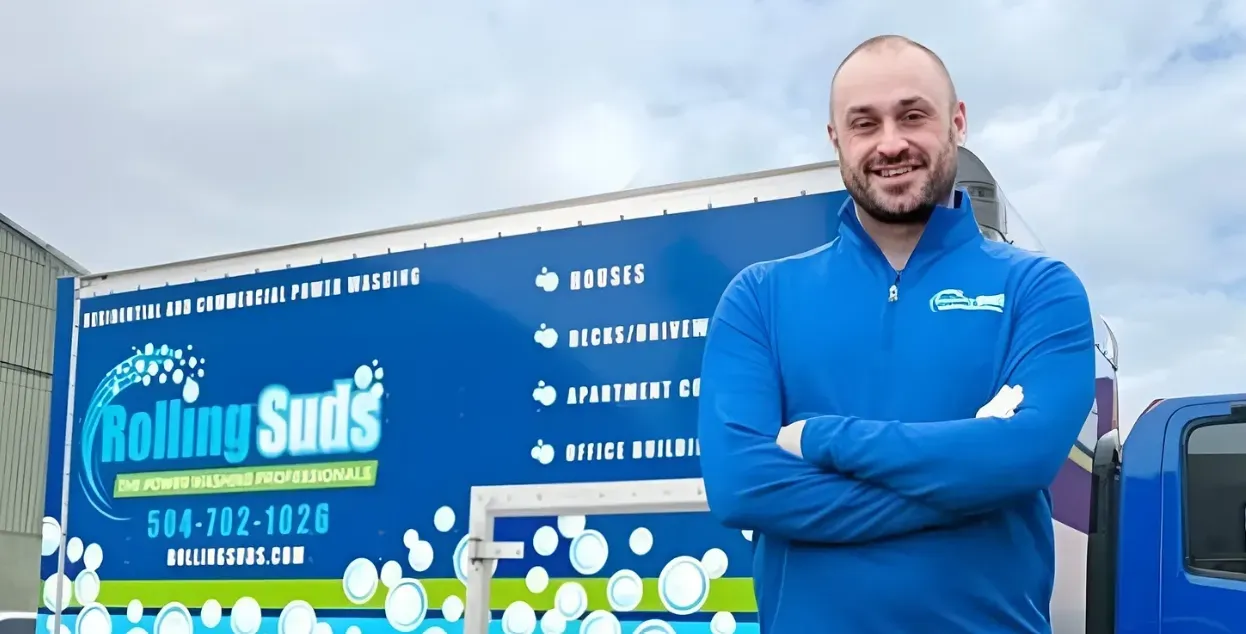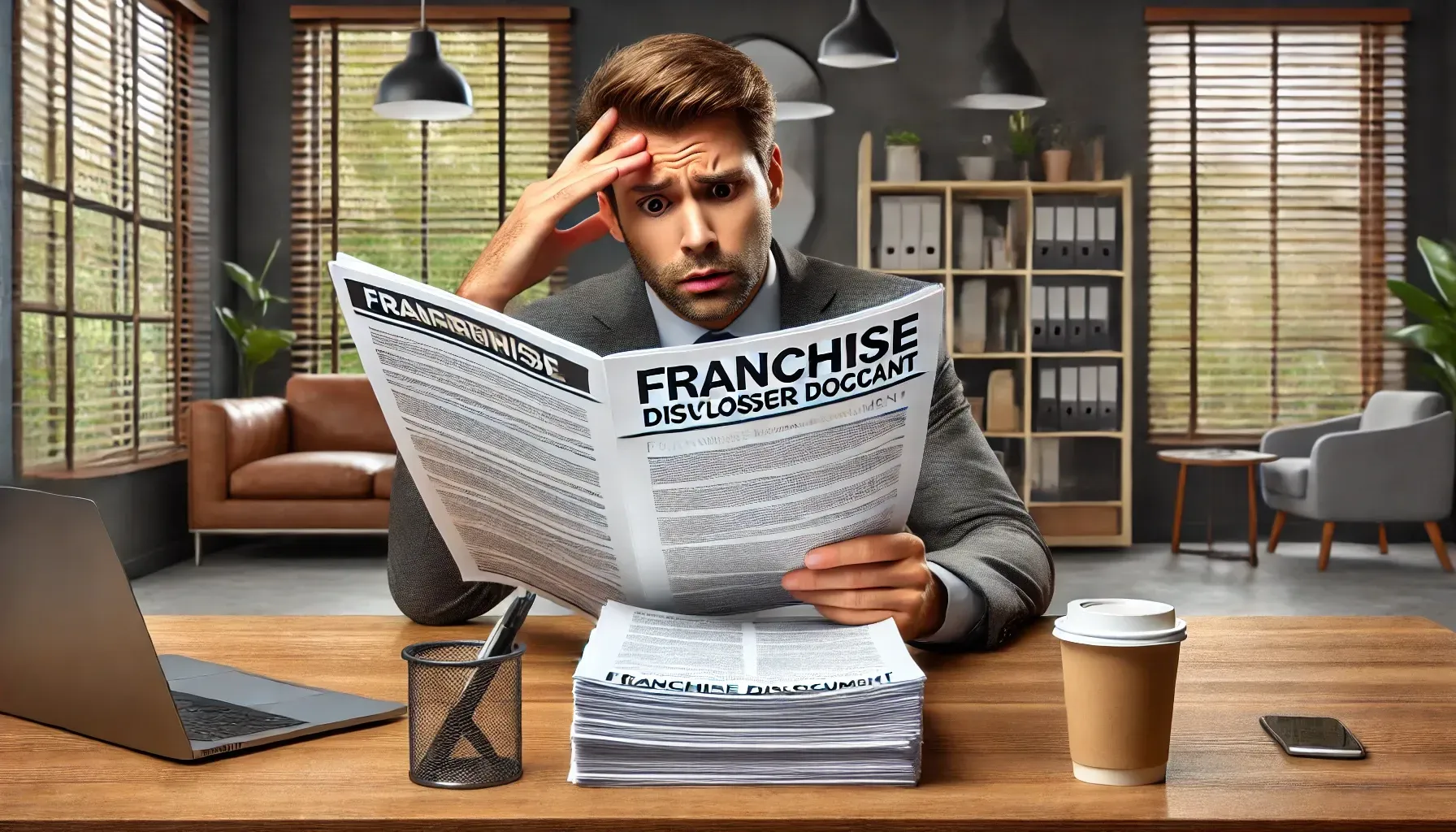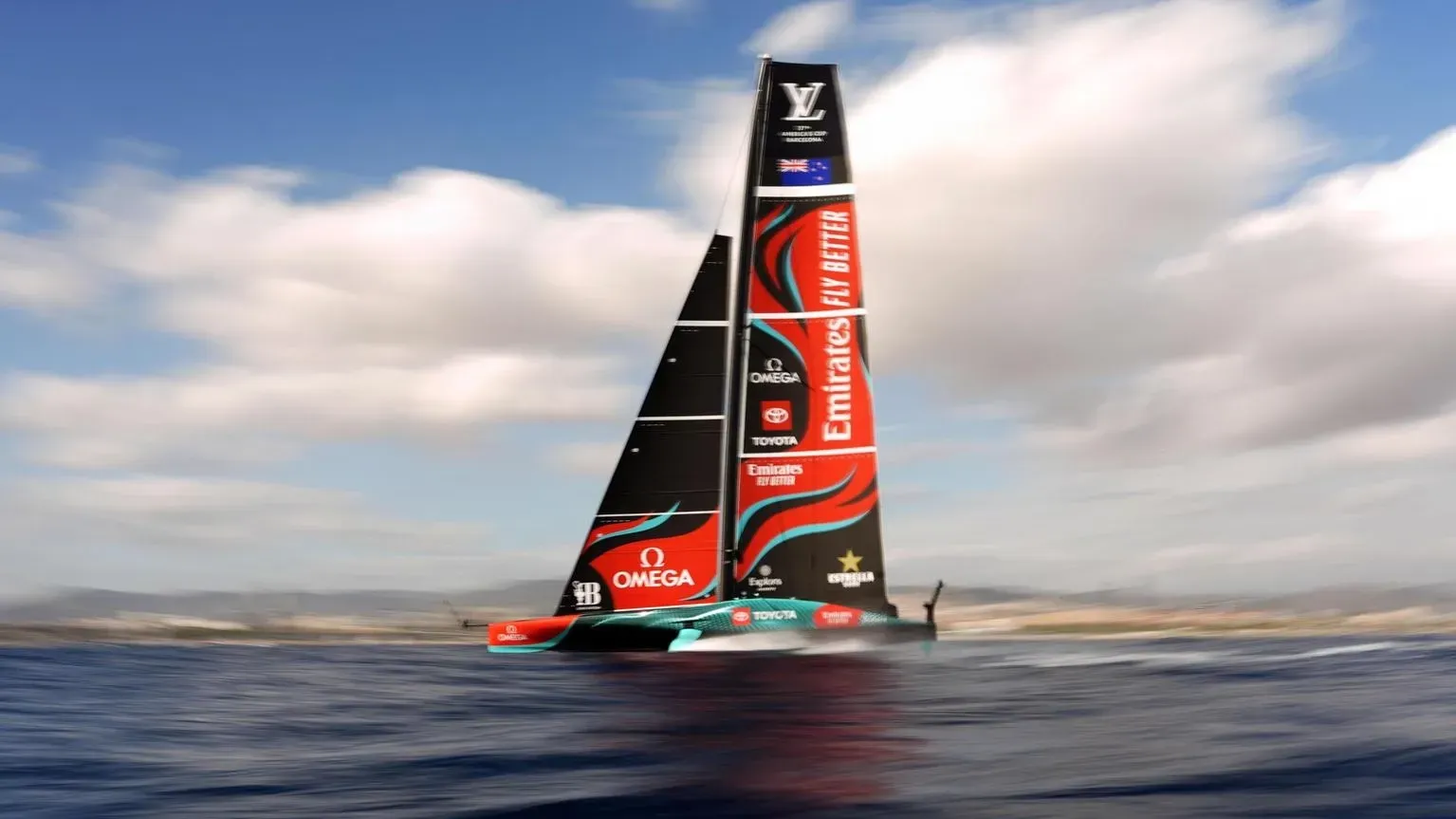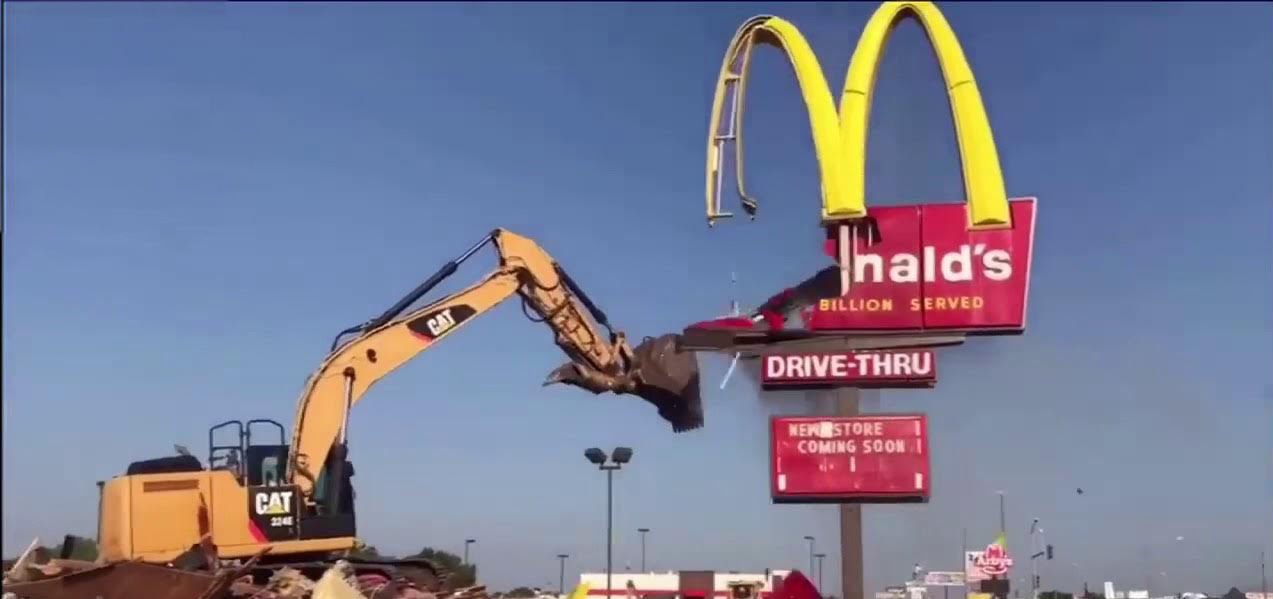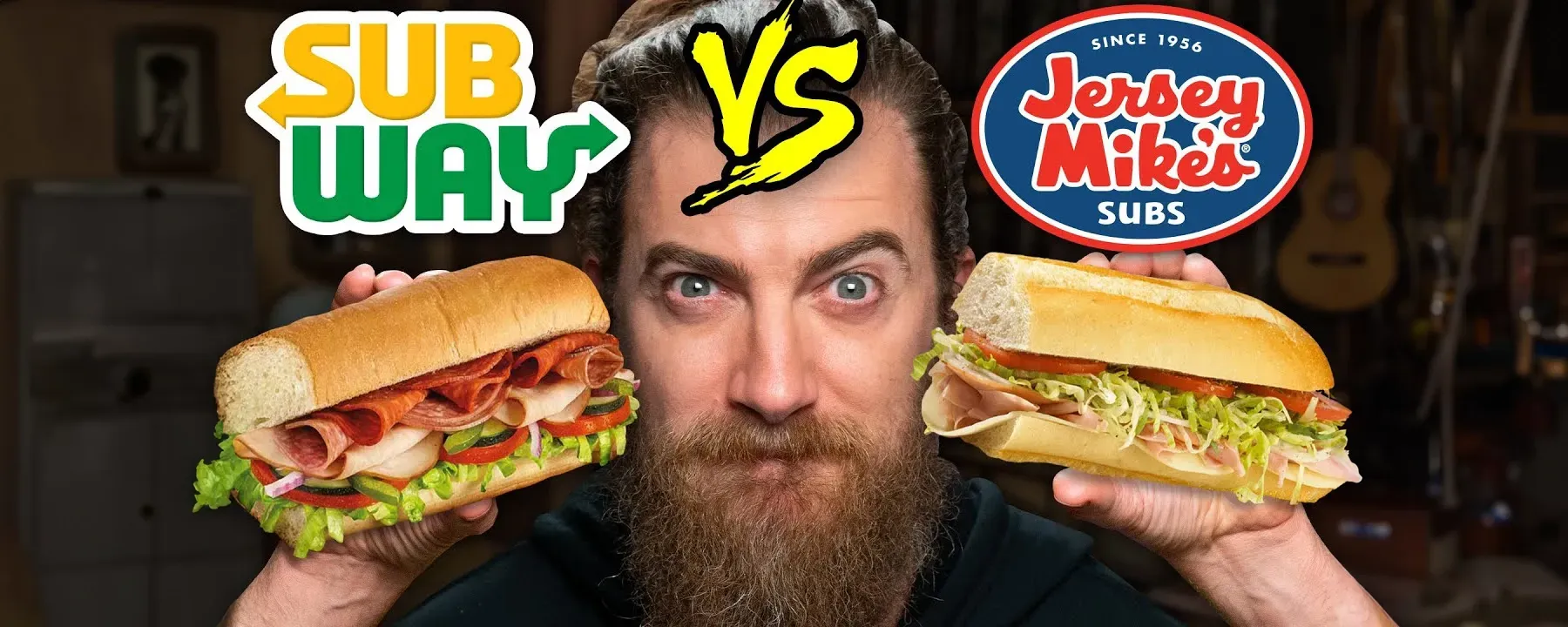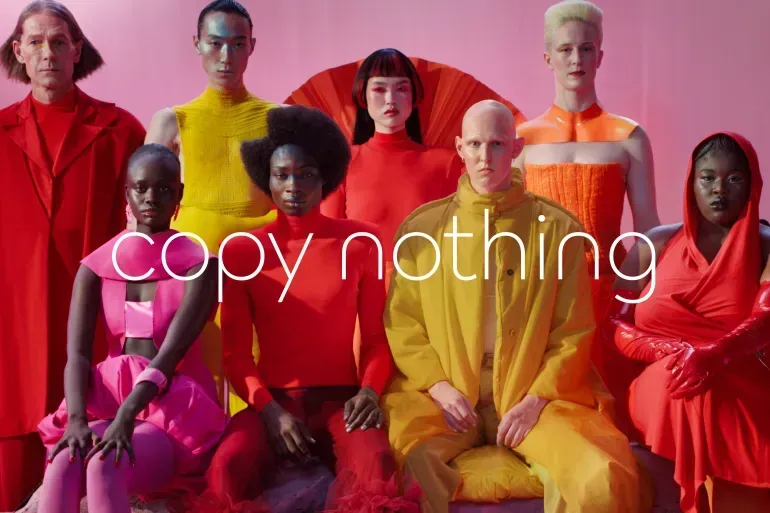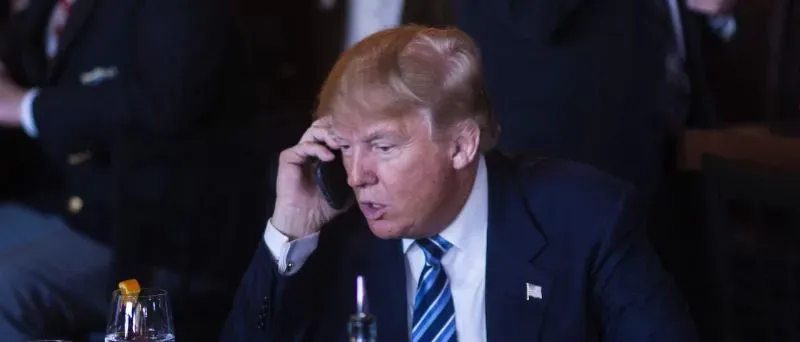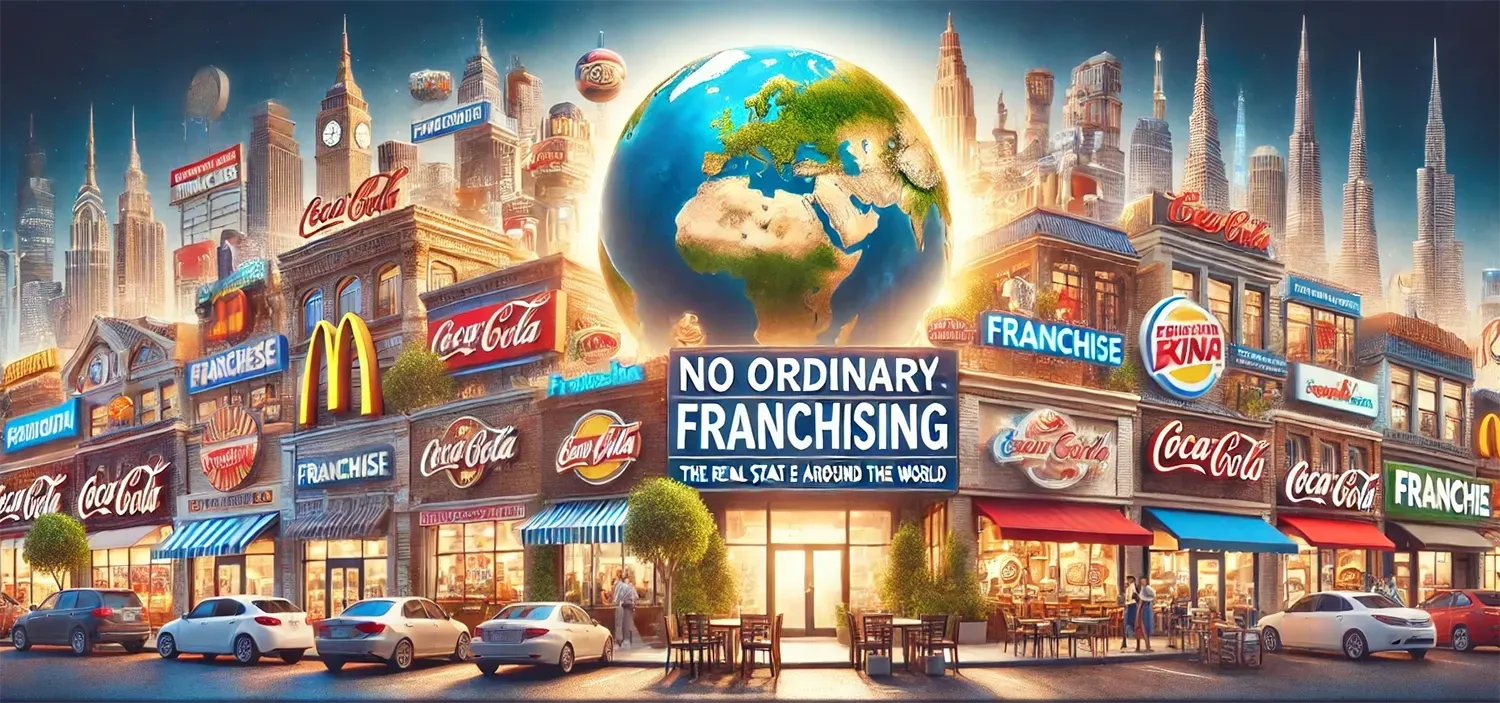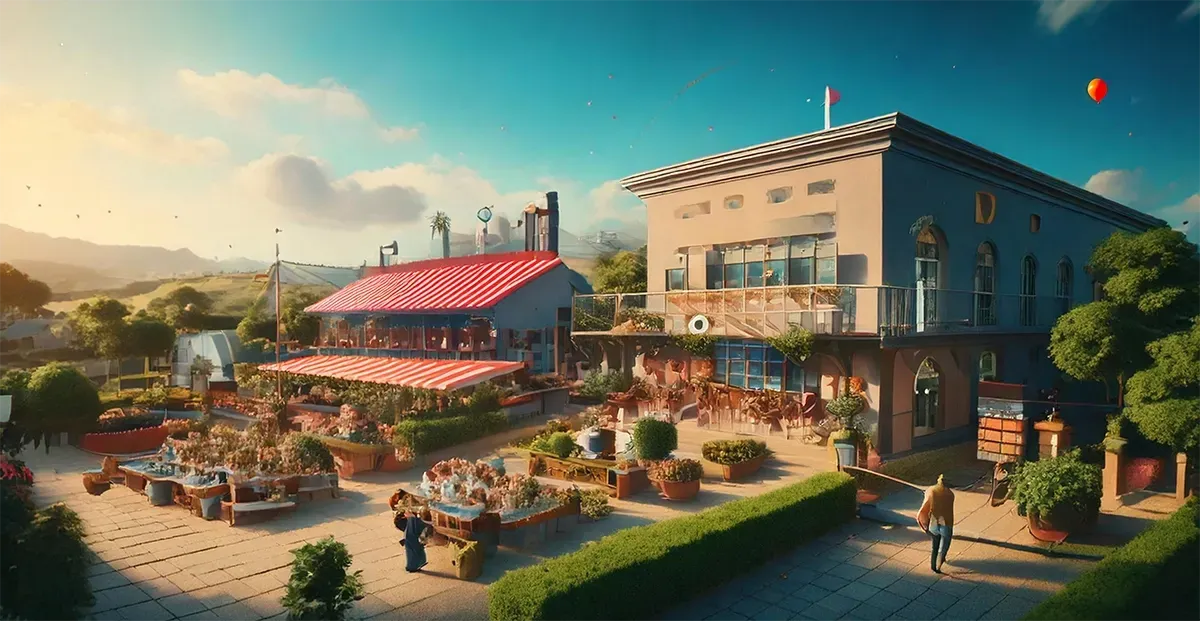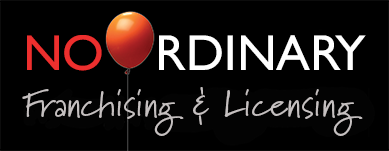Famous Franchise Failures - and Those Which Came Back From the Brink
Understanding end-customers’ evolving needs and market trends is essential to keeping your Franchise Business Model relevant. Was part of the reason that these famous franchises failed because the franchisors failed to understand the end-customers as well as their franchisees did?
Franchises which failed due to their Business Models becoming obsolete
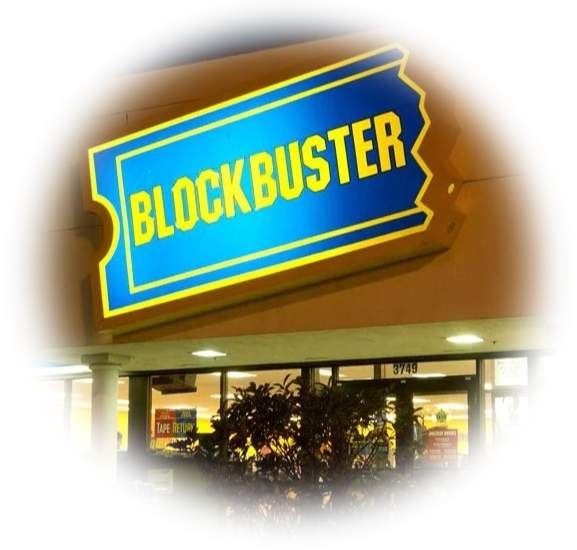
In 2000, Blockbuster had 9,000 stores and was valued at $5 billion. A decade later they filed for bankruptcy. Their biggest mistake? Failing to recognise the emerging streaming business model and turning down the opportunity to buy Netflix ten years earlier for a mere $50 million. Today Netflix is valued at $291 billion.

Once upon a time, every kid wanted to go to Toys R Us. Although most of their stores were company-owned, they did license 257 stores across 38 countries. But they failed to innovate their business model, incorporate technology or adapt to changing consumer behavior – and in 2017 they filed for bankruptcy.
The brand’s last two remaining US locations closed in 2021.
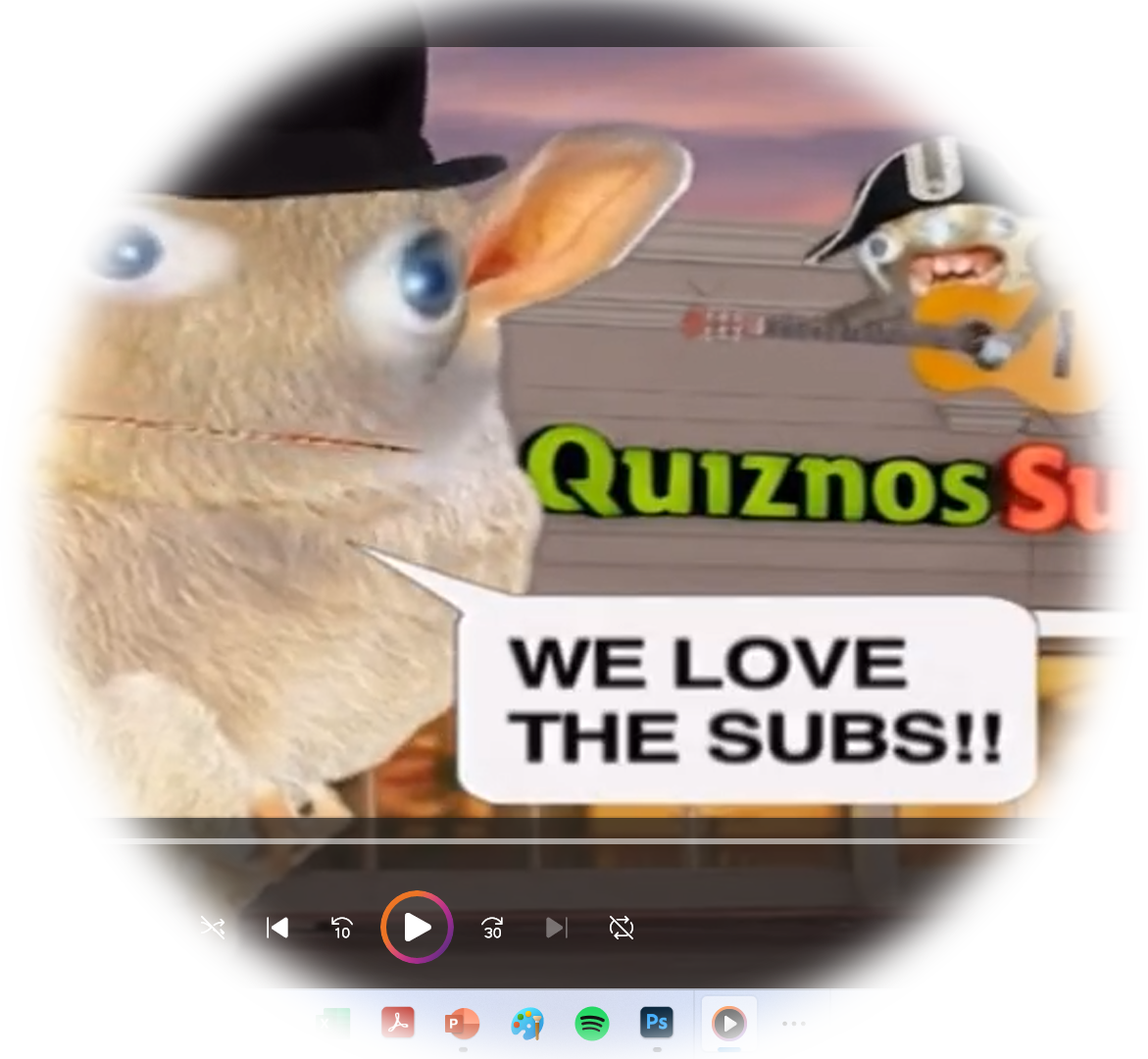
You may not have heard of Quiznos if you live in Australia or New Zealand. But in 2005, Quiznos was the second-largest submarine sandwich franchise in the world, second only to Subway.
Why did 95% of their 4000+ locations later close? Because most of their franchisees went broke or walked away.
Franchises which came back from the brink
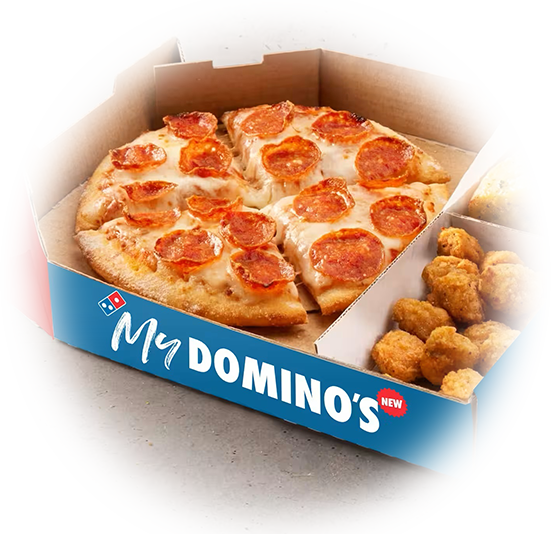
With 20,000+ locations, Domino’s is the world leader in pizza – but it wasn’t always that way. Just a few years ago, their ‘cardboard pizzas’ were struggling to compete with Pizza Hut’s quality.
What changed? First, Domino’s franchise management listened to their end-customers. They admitted their faults. Then they made some bold changes which transformed their product, technology and marketing. Boom! They were back in business.

Franchise systems are different from corporates when it comes to turning them around – you need to bring your franchisees with you.
That’s exactly what Cheryl Bachelder did when she became the CEO of Popeyes Louisiana Kitchen in 2007. “My team and I decided to focus intently on the franchisees rather than other stakeholders,” she said. “We decided to measure our success by their success.”
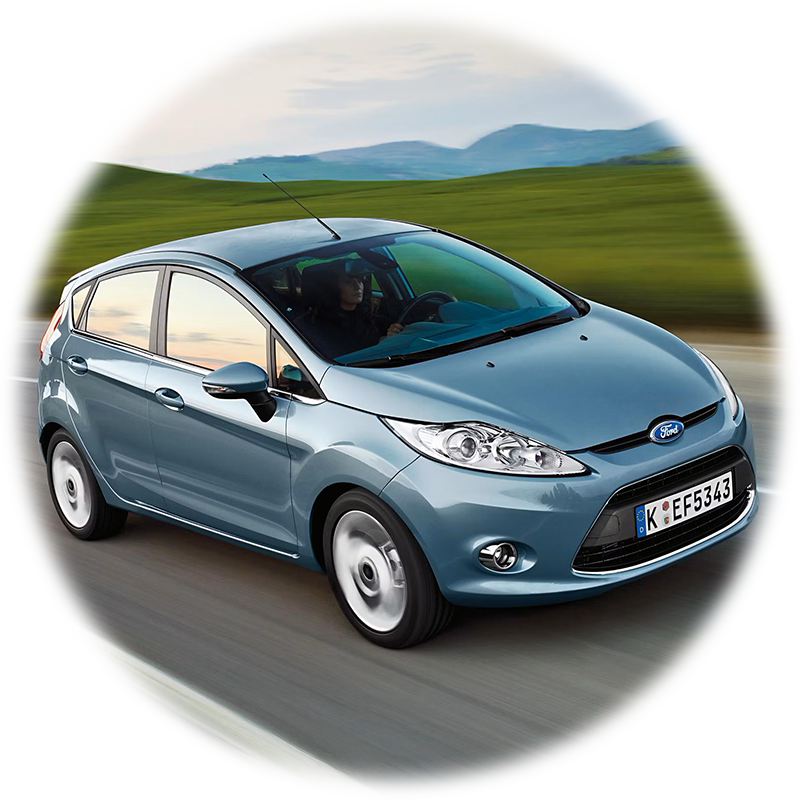
You may not think of the Ford Motor Company as a franchise but its global dealership network is effectively one.
Ford engineered a remarkable turnaround in the late 2000s by recognising that their dealers were their primary link to their customers and involving them in the decision-making process.
What's the difference between the failures and the comebacks?
The franchises which managed to turn themselves around and become successful were the ones which listened to their customers, involved their franchisees in the strategy planning process and reinvented their business models accordingly.
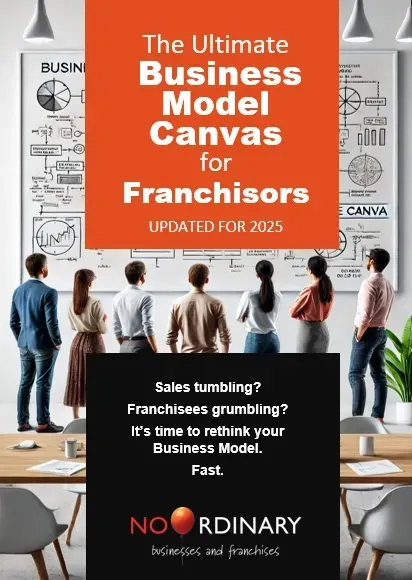
The Ultimate Business Model Canvas for Franchisors ebook
Now there’s a game-changing new strategic tool to help you to:
- revitalise your Business Model
- enhance your competitive edge
- explore new opportunities in your markets
- implement change in your franchise network
My new e-book will show you how. Download it for free.
Share on your Page:
Follow us:


